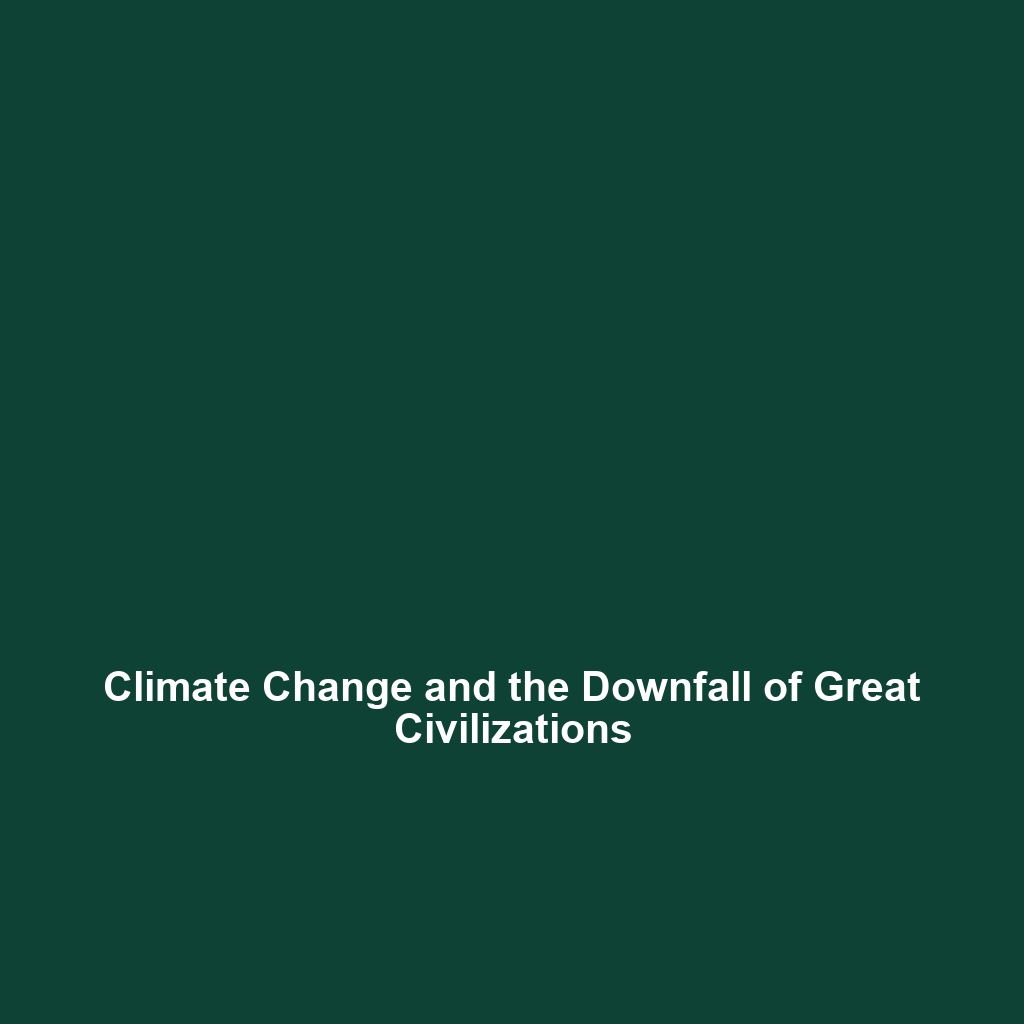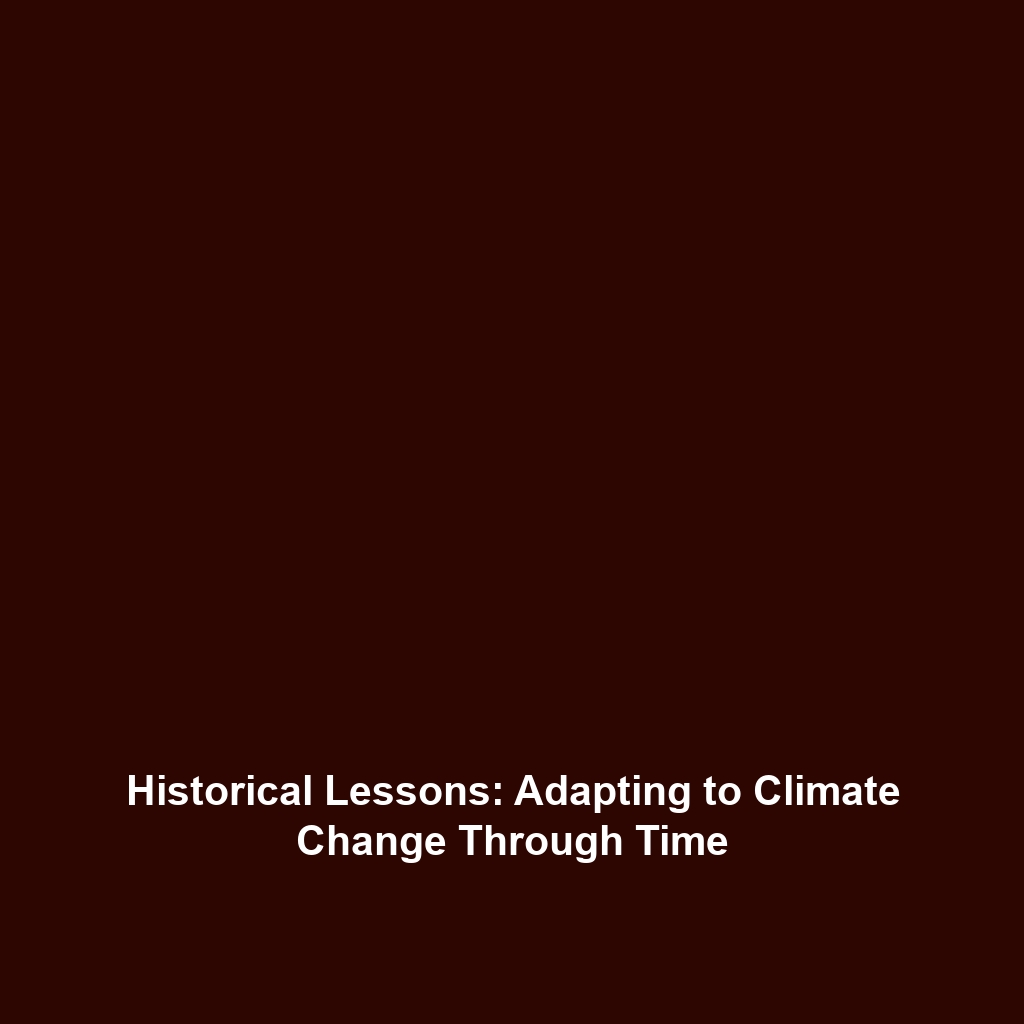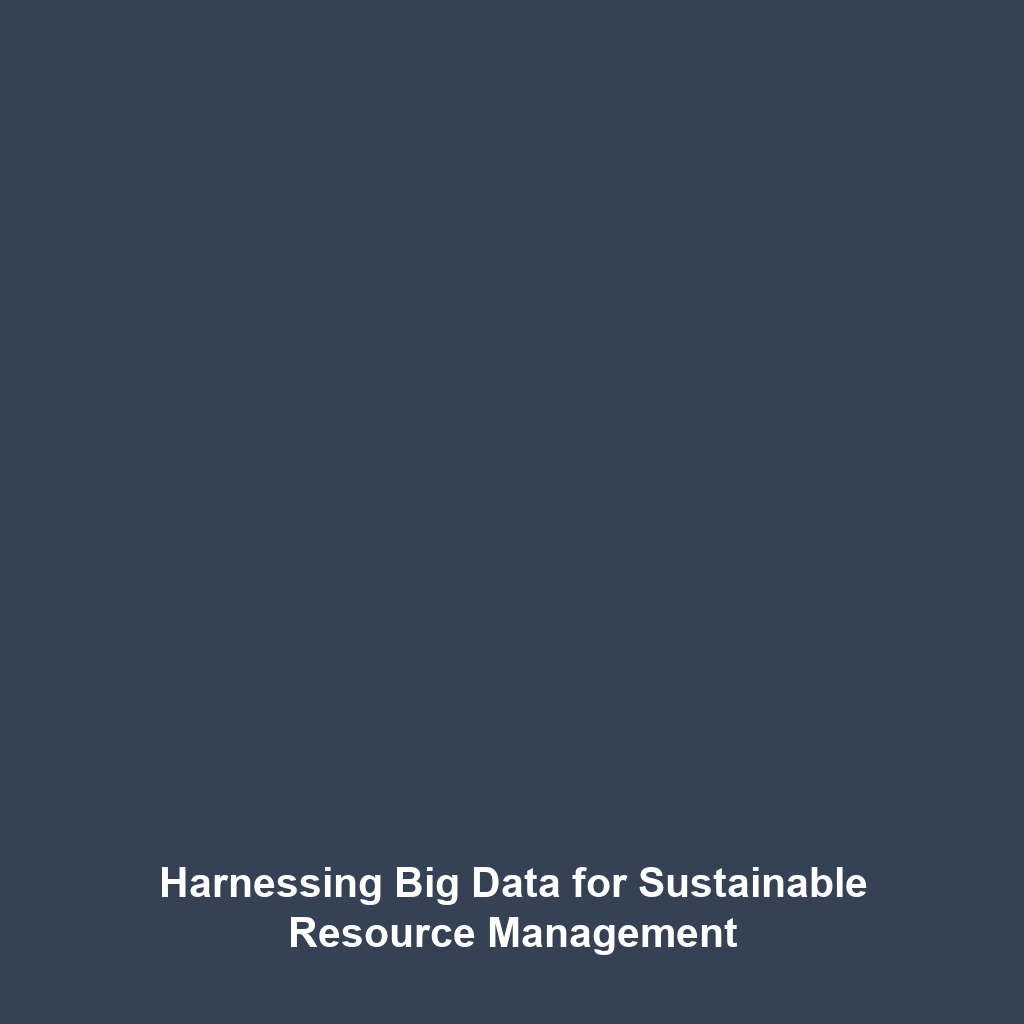Informing Predictions About Future Climate Conditions and Their Potential Effects on Ecosystems and Human Societies
Introduction
Understanding how to inform predictions about future climate conditions is vital for anticipating the potential effects on ecosystems and human societies. Recognizing these forthcoming trends within the broader context of Climate History provides essential insights for policy makers, scientists, and communities. As our planet faces intensifying climate change, the importance of utilizing historical data to inform predictive models cannot be overstated. Through this lens, we can better prepare for challenges that affect biodiversity, resource management, and human infrastructures. This article delves into these critical discussions.
Key Concepts
Understanding Climate Models
Climate models are quantitative tools used to predict how climate conditions may evolve over time. These models draw on historical climate data to simulate future scenarios, which helps in assessing risks and developing mitigation strategies.
Historical Climate Patterns
Analyzing climate history involves studying patterns of temperature, precipitation, and ecological changes over different epochs. Insights from these patterns enhance the accuracy of predictions regarding future conditions.
Impacts on Ecosystems
Predictions about future climate conditions indicate possible shifts in ecosystems, including species migration, habitat loss, and changes in food web dynamics. Understanding these effects is crucial for conservation efforts and biodiversity protection.
Applications and Real-World Uses
The implications of informing predictions about future climate conditions are significant, particularly in the realm of Climate History. Here are some key applications:
- Urban Planning: Cities can use predictive climate models for sustainable development and disaster preparedness.
- Agriculture: Farmers rely on climate predictions to adjust planting schedules and crop choices, ensuring food security.
- Conservation Biology: Protecting endangered species hinges on understanding how climate change alters habitats.
Current Challenges
While informing predictions is essential, several challenges persist in studying this field:
- Data Limitations: Incomplete or inconsistent historical climate data hampers model accuracy.
- Uncertainty in Models: Predictive models often carry inherent uncertainties that may affect outcomes.
- Societal Resistance: Public understanding and acceptance of climate predictions can be limited, impacting policy implementation.
Future Research and Innovations
Future research is poised to address existing challenges in informing predictions about climate conditions. Exciting developments include:
- Advanced Data Analytics: Big data technologies are expected to refine climate models through improved data processing.
- Machine Learning: Innovative algorithms will enhance predictive power and model responsiveness to changes.
- Interdisciplinary Approaches: Collaboration across environmental sciences, sociology, and technology is necessary for comprehensive solutions.
Conclusion
In summary, informing predictions about future climate conditions is crucial for understanding the potential impacts on ecosystems and human societies. This knowledge is rooted in the examination of Climate History, providing essential insights for future planning and risk management. As we advance our technologies and methodologies, the significance of these predictions will only grow. It is essential for stakeholders to prioritize research, public education, and policy initiatives to harness this crucial knowledge. For those interested in further exploring related topics, check out our articles on climate solutions and ecosystem adaptation strategies.




